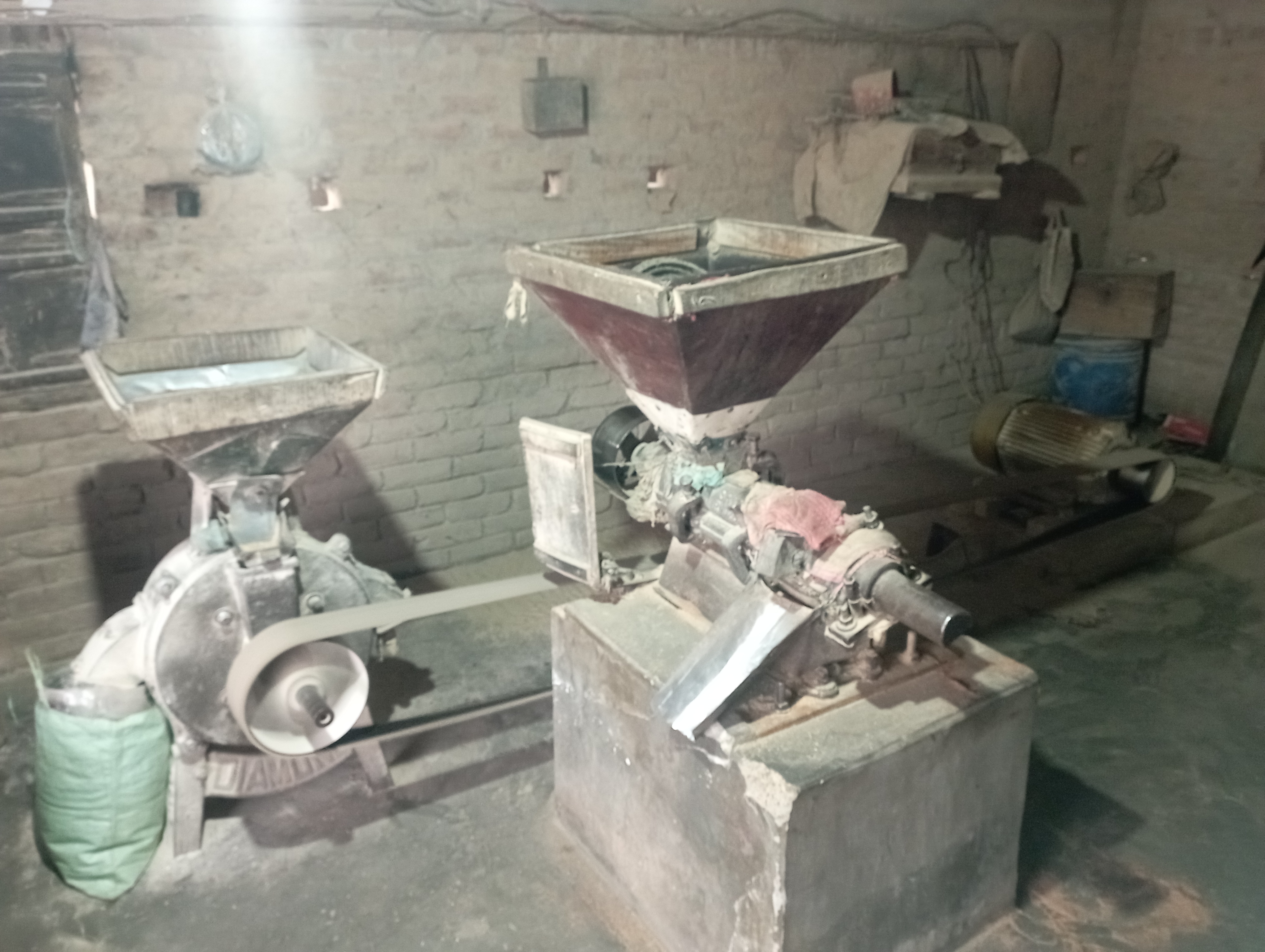
Recent studies argue that rice is the most significant cereal and basic food in Bangladesh. Evidence suggests that this crop item provides for more than 70% of the calories consumed by the mass people of Bangladesh. It is evident that the country has one of the world’s highest per capita rice production and consumption rates. More than 75% of the arable land planted with crops is used for rice farming. Three different varieties of rice: Aus (summer), Aman (winter), and Boro (spring) have been planted in the country since time memorial. Studies point out that from 2015 to 2022, Aus, Aman, and Boro paddies collectively produced more than 60 million tons, which contributed 48.0, 45.0, and 43 percents, respectively, to the total production. Paddy must be processed for consumption after the paddy is gathered from fields. The husking can be carried out both at home and local rice mills. Traditionally milling rice in Bangladesh has been done at home which includes cleaning, shelling, bran removal etc. At present, paddy processing and milling are accomplished at the rice mills in the local Bazar which need physical labor at a larger scale and a longer period of time compared to commercial milling centers. There are two different types of commercial mills, such as, the rice miller, which buys paddy from the farmers at neighboring regions and from local Bazar either directly or through agents.
The rice production follows the following process: after parboiling, drying, and milling the paddy, the rice is typically sent to the wholesalers and assemblers of the local or major cities. In the process of supplying the milled rice, the wholesalers and assemblers bring rice to the big cities, on one the hand. And on the other hand, after parboiling and drying the paddy at home facility, the processed paddy is milled for finished rice in a small husking machine that is located in the nearby village bazaar.
